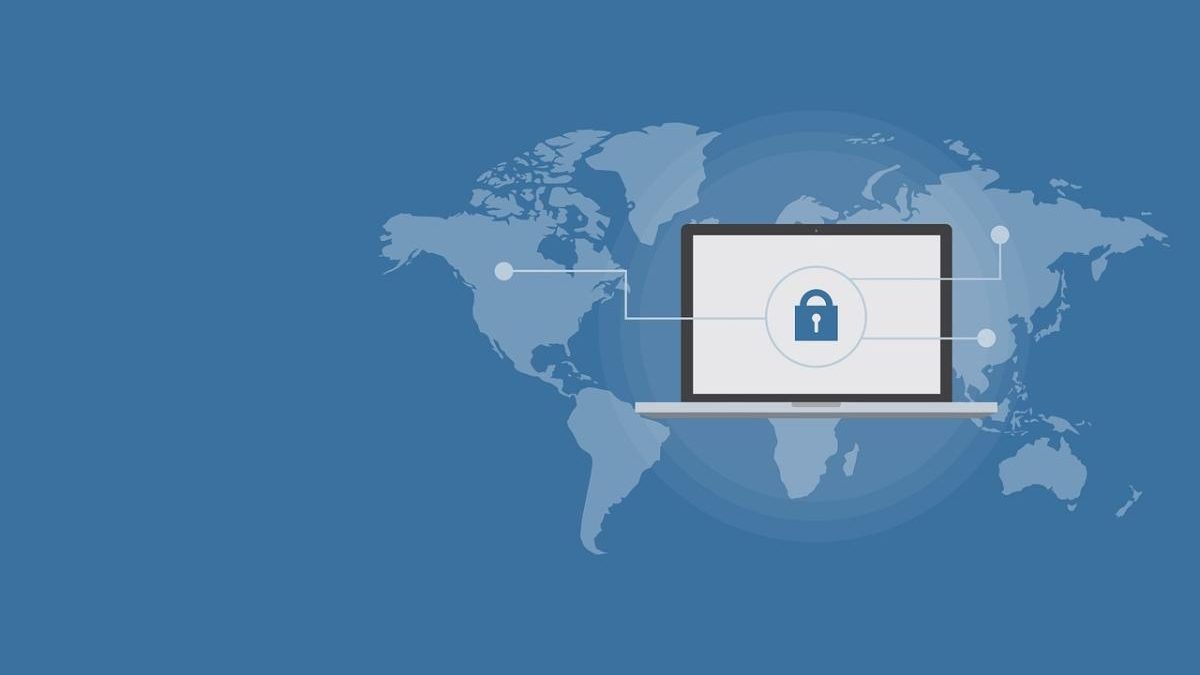In an age where data is often considered the lifeblood of businesses, safeguarding it has never been more critical. Data breaches can result in not only financial losses but also reputational damage and regulatory consequences. As organizations increasingly rely on digital processes and remote work, securing sensitive data is paramount. This brings us to the Enterprise Data Loss Prevention (DLP) market, which is poised for significant growth in 2023. In this article, we’ll explore the importance of DLP, focusing on the significance of preventing enterprise DLP through suitable enterprise browsers.
In recent years, the security paradigm has undergone a significant shift. Traditional approaches that relied on perimeter defenses are no longer sufficient in today’s dynamic and remote work-centric environment. Data is no longer confined to a corporate network; it travels with employees, whether they’re in the office, working from home, or on the go. This mobility poses a challenge for data protection.
Enterprise Browsers: The Gateway to Data
A significant portion of an employee’s day is spent using a web browser to access various online resources. Whether it’s web-based applications, cloud services, or research, the browser is the gateway to a vast digital world. It’s also the point at which data can be most vulnerable. Here’s where a suitable enterprise browser comes into play.
Enterprise browsers, such as Google Chrome Enterprise and Microsoft Edge for Business, are specifically tailored for secure corporate use. They offer a range of features and capabilities designed to enhance security, manageability, and data protection.
This is where the Data Loss Prevention (DLP) comes into the picture. These tools are designed to monitor, detect, and prevent unauthorized data transfers and leakage. They act as vigilant sentinels guarding an organization’s sensitive information, whether it’s customer data, intellectual property, or confidential financial records. The DLP market is expanding rapidly as businesses recognize the need for comprehensive solutions to protect against both insider threats and external cyberattacks.
But why is it so significant to prevent enterprise DLP using a suitable enterprise browser?
Here are some crucial aspects:
- Secure Browsing Environment:
Enterprise browsers provide a secure environment for web browsing. They come equipped with security features such as real-time threat detection, malware protection, and phishing filters. These features minimize the risk of employees inadvertently exposing sensitive data to online threats. Navigate confidently with a complete enterprise browser security and governance solution. A secure enterprise browser for every need.
- Access Controls:
Enterprise browsers allow administrators to define and enforce access controls. This ensures that employees can only access authorized websites and web applications, reducing the chance of data exposure to malicious or untrusted sites.
- Data Encryption:
Data transmitted through an enterprise browser is often encrypted using industry-standard protocols like TLS/SSL. This encryption ensures that even if data is intercepted during transmission, it remains unreadable and secure.
- Centralized Management:
Enterprise browsers offer centralized management capabilities. IT administrators can configure and update browsers across the organization, ensuring consistent security settings and policies.
- Plug-ins and Extensions:
Enterprise browsers support a wide range of plug-ins and extensions. This flexibility allows organizations to integrate DLP solutions directly into the browser, enhancing data protection. For example, DLP extensions can monitor and prevent sensitive data from being shared via web forms or email.
- User Education:
Enterprise browsers often include features that educate users about potential security risks. This can include warning messages about accessing insecure websites or downloading potentially harmful files.
The Future of DLP in Enterprise Browsers
As the DLP market continues to grow in 2023 and beyond, we can expect to see further integration between DLP solutions and enterprise browsers. This integration will result in more seamless and comprehensive data protection.
Here are some anticipated trends:
- Behavioral Analytics: DLP tools integrated into enterprise browsers will increasingly use behavioral analytics to detect anomalies and potential data breaches. This proactive approach will help prevent data loss more effectively.
- Cloud-Based DLP: With the increasing adoption of cloud services, DLP solutions integrated with enterprise browsers will extend their protective reach to data stored in the cloud. This ensures a consistent level of security across all data touchpoints.
- Endpoint DLP: Enterprise browsers will play a central role in endpoint DLP strategies. They will monitor and prevent data leakage from the endpoint, whether it’s a corporate device or a personal device used for work.
As the Enterprise Data Loss Prevention (DLP) Tools market gains momentum in 2023, the role of enterprise browsers in data protection cannot be overstated. These browsers provide a crucial layer of security by offering a secure web browsing environment, access controls, encryption, centralized management, and compatibility with DLP solutions. By leveraging the capabilities of enterprise browsers, organizations can navigate the evolving security landscape with confidence, safeguarding their sensitive data and ensuring a safer online business environment.

